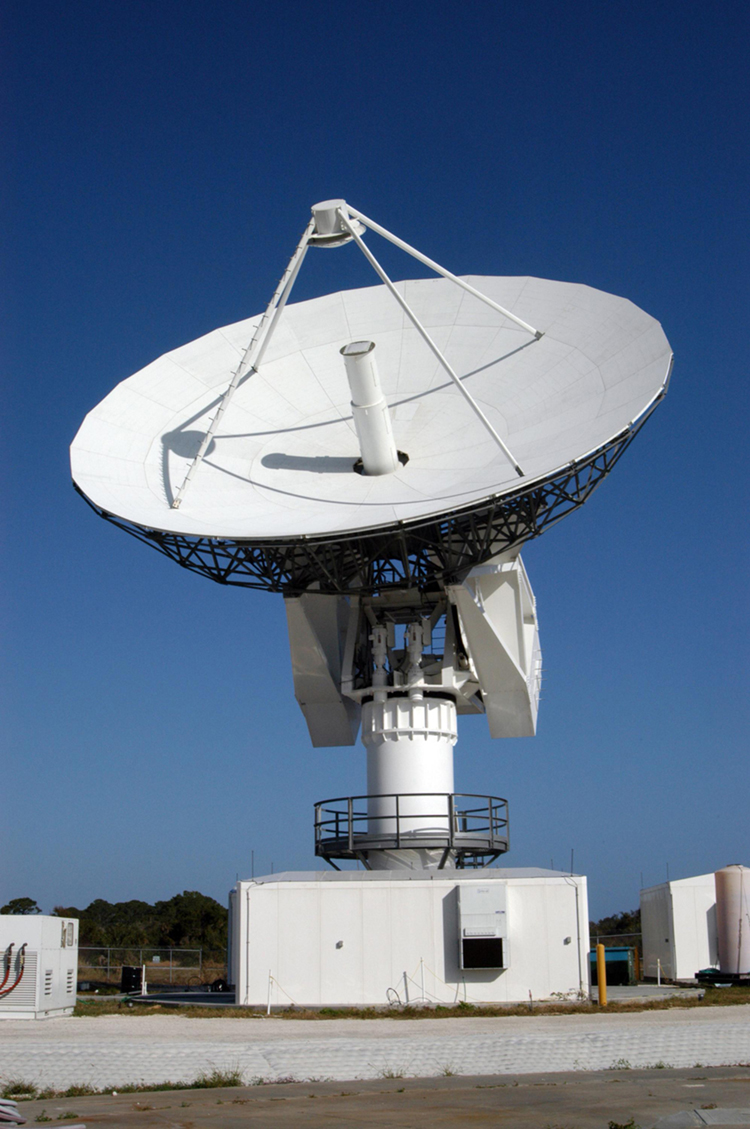| << Chapter < Page | Chapter >> Page > |
Essential Knowledge 1.E.4 Matter has a property called electric permittivity.
Essential Knowledge 1.E.5 Matter has a property called magnetic permeability.
Big Idea 6 . Waves can transfer energy and momentum from one location to another without the permanent transfer of mass and serve as a mathematical model for the description of other phenomena.
Enduring Understanding 6.A A wave is a traveling disturbance that transfers energy and momentum.
Essential Knowledge 6.A.1 Waves can propagate via different oscillation modes such as transverse and longitudinal.
Essential Knowledge 6.A.2 For propagation, mechanical waves require a medium, while electromagnetic waves do not require a physical medium. Examples include light traveling through a vacuum and sound not traveling through a vacuum.
Enduring Understanding 6.B A periodic wave is one that repeats as a function of both time and position and can be described by its amplitude, frequency, wavelength, speed, and energy.
Essential Knowledge 6.B.3 A simple wave can be described by an equation involving one sine or cosine function involving the wavelength, amplitude, and frequency of the wave.
Enduring Understanding 6.F Electromagnetic radiation can be modeled as waves or as fundamental particles.
Essential Knowledge 6.F.1 Types of electromagnetic radiation are characterized by their wavelengths, and certain ranges of wavelength have been given specific names. These include (in order of increasing wavelength spanning a range from picometers to kilometers) gamma rays, x-rays, ultraviolet, visible light, infrared, microwaves, and radio waves.
Essential Knowledge 6.F.2 Electromagnetic waves can transmit energy through a medium and through a vacuum.
Many people confuse sound waves with radio waves , one type of electromagnetic (EM) wave. However, sound and radio waves are completely different phenomena. Sound creates pressure variations (waves) in matter, such as air or water, or your eardrum. Conversely, radio waves are electromagnetic waves , like visible light, infrared, ultraviolet, X-rays, and gamma rays. EM waves don’t need a medium in which to propagate; they can travel through a vacuum, such as outer space.
A radio works because sound waves played by the D.J. at the radio station are converted into electromagnetic waves, then encoded and transmitted in the radio-frequency range. The radio in your car receives the radio waves, decodes the information, and uses a speaker to change it back into a sound wave, bringing sweet music to your ears.
It is worth noting at the outset that the general phenomenon of electromagnetic waves was predicted by theory before it was realized that light is a form of electromagnetic wave. The prediction was made by James Clerk Maxwell in the mid-19th century when he formulated a single theory combining all the electric and magnetic effects known by scientists at that time. “Electromagnetic waves” was the name he gave to the phenomena his theory predicted.
Such a theoretical prediction followed by experimental verification is an indication of the power of science in general, and physics in particular. The underlying connections and unity of physics allow certain great minds to solve puzzles without having all the pieces. The prediction of electromagnetic waves is one of the most spectacular examples of this power. Certain others, such as the prediction of antimatter, will be discussed in later modules.


Notification Switch
Would you like to follow the 'College physics for ap® courses' conversation and receive update notifications?